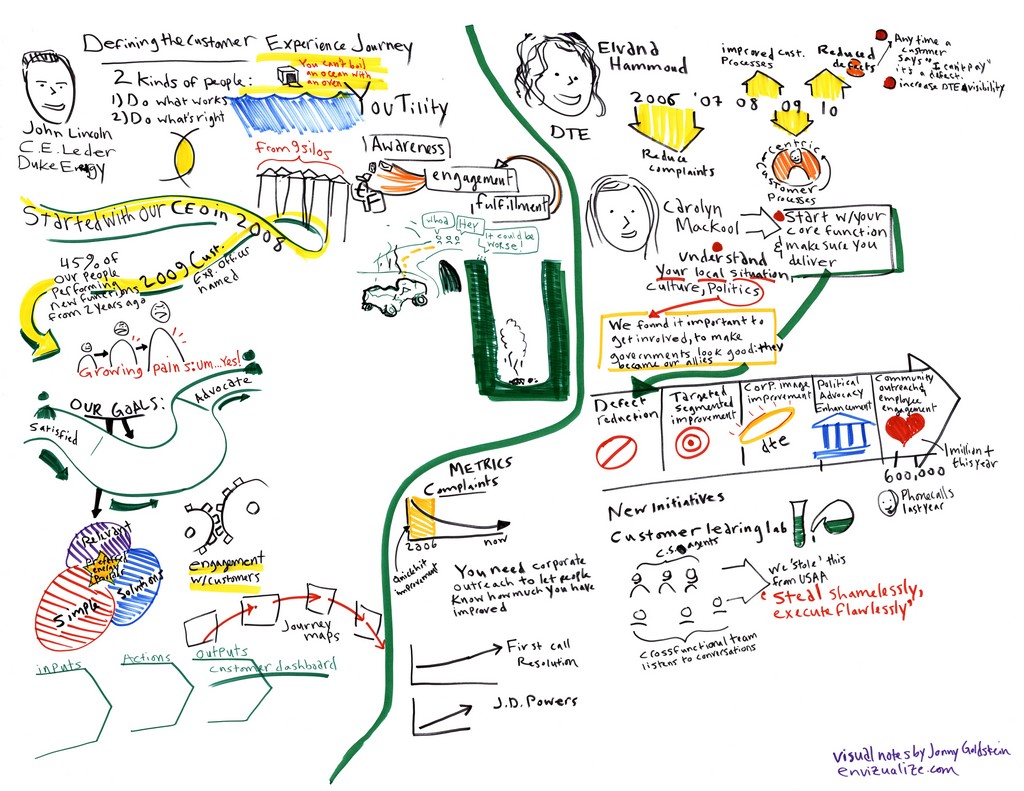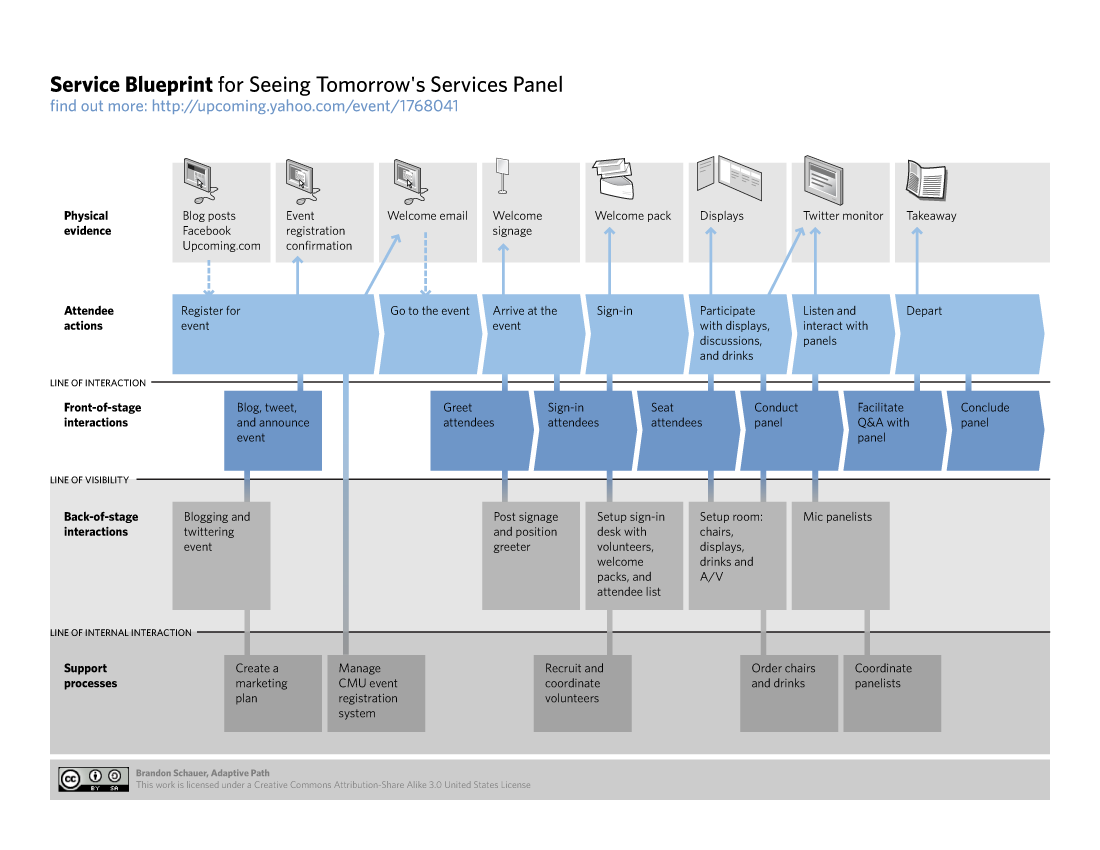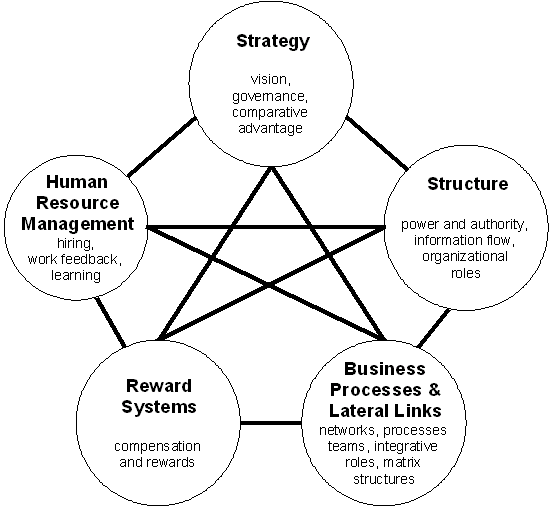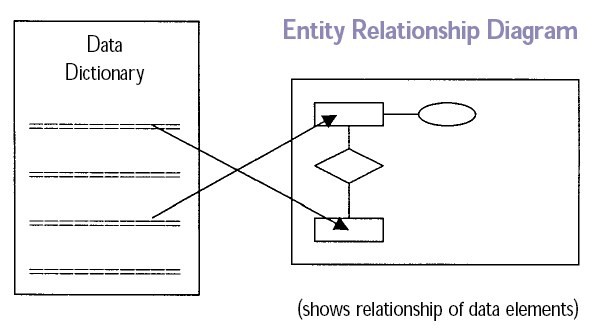Service design is the provision of services to users that meet user needs, it can be used to improve existing services or create new services from scratch. To adapt to service design, UX designers need to understand the fundamental principles of service design and be able to apply them when creating services.
The principles presented here come from the service design philosophy of Design4Services, which is committed to developing service design and facilitating service transformation, and is widely accepted in the business world. There are other approaches to service design that are not widely used though. But they can serve as a reference for service designers, and we list some of them in the resources section at the end of this article.

General principles of service design
The general principle of service design is to focus the designer’s attention on the requirements common to all services, and it is complemented by principles related to process design, organizational design, information design, and technical design – which we will briefly describe.
The general principles of service design are:
- Service design should first have a solid understanding of the service purpose, service requirements and service capabilities that the service provider can provide;
- Service design should be based on customer needs, not business needs;
- Service design should provide a unified and efficient service, rather than a single decentralized service, which may lead to poor overall service performance;
- Service design should create value for users and be as efficient as possible;
- Service design should distinguish special events from mainstream events, and consider mainstream events as much as possible while taking into account special events as much as possible;
- Service design should refer to the opinions of service users to design services;
- Service design should be prototyped before development;
- Service design must have a clear business case and model as a storyboard;
- Service design should develop minimum versions first, then iterate and improve them, iterating based on user feedback;
- Designers should collaborate with all relevant stakeholders on service design.

Process Design Principles for Service Design
Many service design process principles can be found in process design, and they are the foundation of the following principles:
- Any service design that does not bring value to users should be eliminated or minimized;
- Service design should be built around the usage process and not around the service itself (like functionality, geography, product, etc.);
- Work should not be scattered unless absolutely necessary. This can emphasize everyone’s responsibilities, reduce delays, rework, etc. It encourages creativity, innovation and job ownership;
- The process should be as simple as possible. Focus on reducing process steps, handoffs, rules and controls;
- The process should reflect customer needs, and if the customer has different needs, many versions of the process are acceptable;
- Dependencies in the production process should be minimized (i.e. parallel processing);
- Disruptions and delays in the design process must be kept to a minimum;
- Minimize the number of coordination, control and process checks.

Teamwork principles for service design
Users are the key to delivering services, and some basic principles of teamwork can help team members reach their full potential:
- The work of the team should be appropriately allocated to match the required processes and capabilities;
- Designers should be given sufficient autonomy to make decisions;
- Design work should take place where it is most efficient.
Information Design Principles for Service Design
The flow of information is the key to delivering high-quality service, and if people don’t know what they need to know, and what they should know – service suffers.
The following are the basic principles of information design in service design:
- Information should be standardized between the product and its users and between product teams;
- Information should be easily transferable and reusable within the product team;
- Information should be avoided as far as possible and replaced by find, select and confirm.

Technology-Related Principles of Service Design
Technology is used to support the provision of services, they include:
- Technology should always serve the service and should not be the driver of the service;
- Technology should be introduced into service design rather than forced into service design;
- Technology should be flexible enough to allow for rapid modification under changing customer needs.

